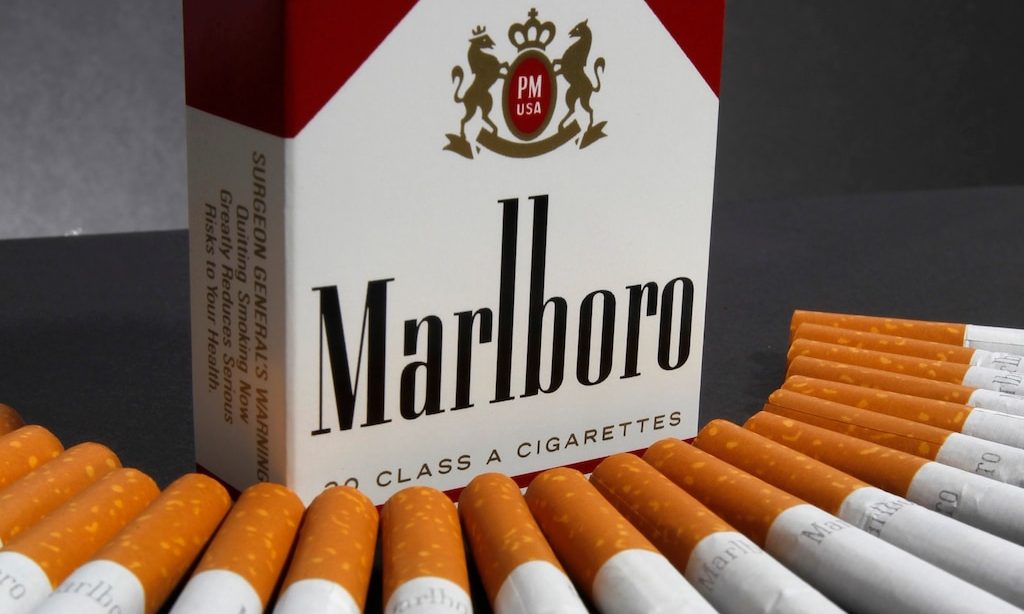Marlboro cigarettes are the strongest and at the same time the spiciest variety. Marlboro cigarettes are the slightly more subtle alternative with a little less nicotine and the same American Blend tobacco mixture. Where are Marlboro cigarettes made? This brand of cigarettes is produced in various factories around the world. Usually the values and ingredients even vary in individual countries such as France, England or Germany. One reason for these strong differences is the different habits of the respective population.
Where does the name Marlboro come from? In 1902 the English cigarette manufacturer Philip Morris developed the first Marlboro cigarettes in New York, then known as Marlborough. Initially, this brand was intended as a woman’s cigarette, which was labeled “Subtle like May”. Even back then, it was the manufacturer’s workhorse and was one of the world’s best-selling Philip Morris cigarettes. Marlboro was named after a street in London, “Great Marlborough Street”.
The former supremacy that the brand held before World War II was undermined by Camel, Chesterfield and Lucky Strike until after 1945 and eventually almost completely ousted from the market. In the mid-1950s, Marlboro filters came onto the market, which was supposed to regain the lost reputation with the help of a sophisticated advertising campaign.
How did Marlboro cigarettes get so popular? A targeted campaign was launched to improve the brand’s image. The Marlboro-Country advertising campaign. Here the well-known cowboy came into the spotlight for the first time, who achieved worldwide fame until the late 1980s as the “Marlboro-Man” and was remembered even by non-smokers. Until then, only the camel with its camel as a logo created a similar image and trademark, whereby the image shows a dromedary and not a camel.
The Marlboro cigarettes brand became very well known through the cowboy from the cinema advertising. The cigarette made in the USA was associated with the feeling of freedom in advertising and thus presented it as something very special. Especially at the time of the Cold War, this image of the strength and willpower of the population came in very handy.
